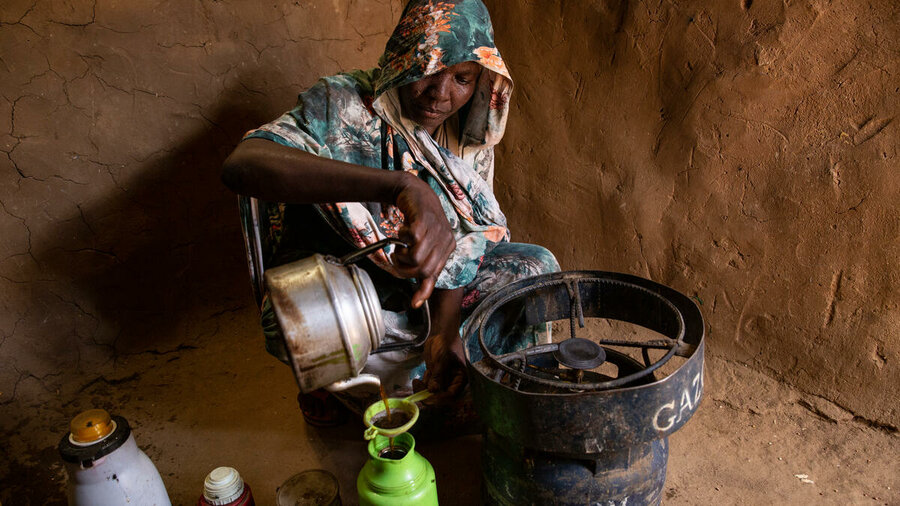
Nadifa Ibrahim proudly shows off the latest addition to her small mud home: a squat gas cylinder and burner, upon which she is brewing a pot of strong local tea.
"It's efficient, it's useful - and we avoid getting beaten when we go looking for firewood," says Nadifa, from Sudan's Darfur region who now lives in a refugee camp in eastern Chad.
"The difference is huge," she adds of cooking meals for her family of eight. "Gas has no ashes. There's no need for firewood."
Powered by liquified petroleum gas (LPG), Nadifa's new cooker is part of a joint clean cooking initiative piloted by the World Food Programme (WFP) and the UN Refugee Agency (UNHCR), targeting more than 5,000 families and dozens of local vendors in six refugee camps in eastern Chad.
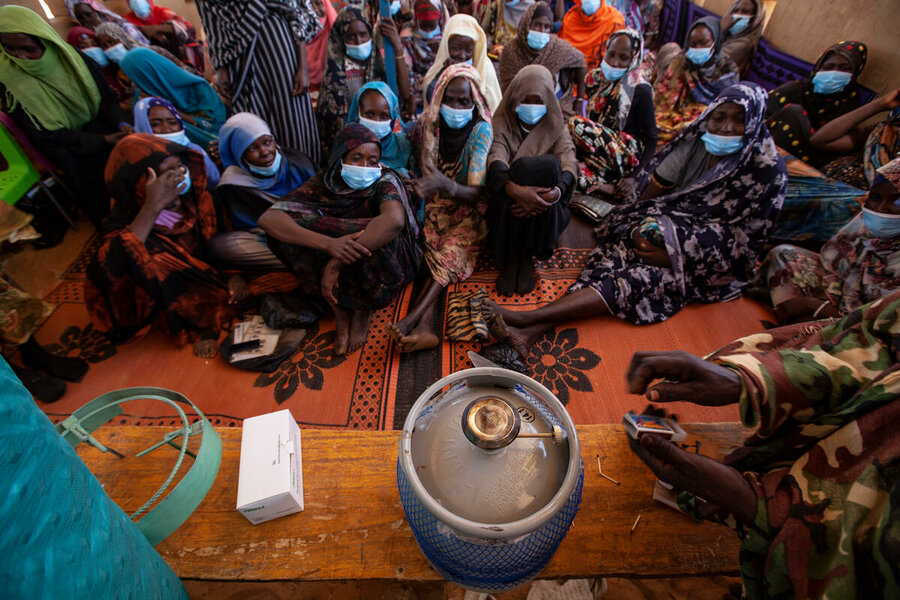
From Chad to El Salvador, WFP is pushing for cleaner, greener cooking alternatives at the grassroots and government levels. Together, they are packing a powerful environmental, health and safety punch, and saving money and time in some of the world's most fragile communities.
"The changes come when people start to realize how much easier their lives can be with modern cooking solutions," says WFP senior energy adviser Raffaella Bellanca.
"It's a huge gender issue as well," she adds, "as it frees up time for productive uses like farming - and a lot of smallholder farmers are women."
Scaled up, clean cooking options - including solar, gas or simply more energy-efficient stoves - can make an enormous difference in countries battling climate and environmental crises. They can reduce communal tensions and attacks, especially on women, that come with gathering often-scarce firewood.
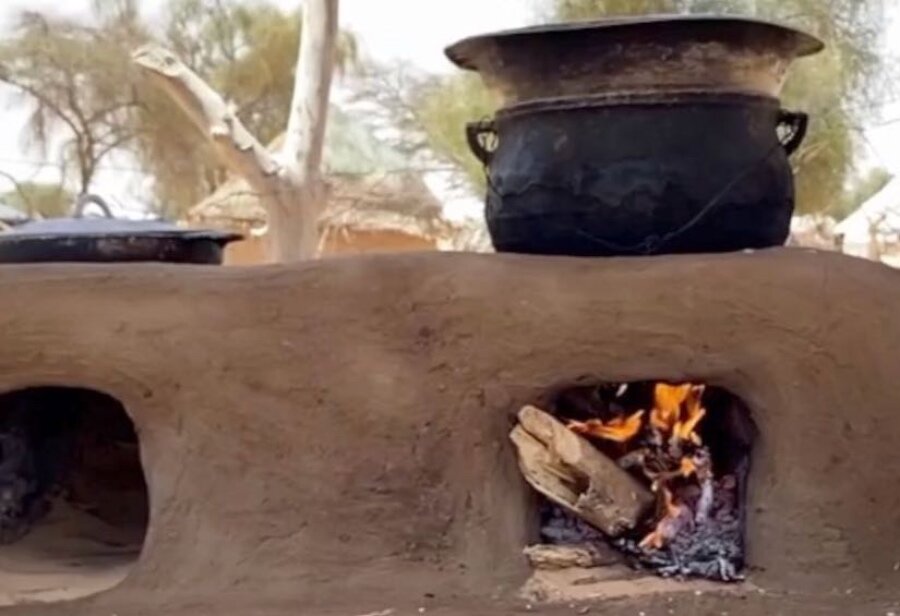
Yet in sub-Saharan Africa alone, analysts estimate 60 percent or more of people's energy needs are still met by burning charcoal or firewood. Both generate hazardous smoke associated with sometimes deadly respiratory and other diseases. Roughly half of Africa's deforestation is due to cutting down trees for wood and firewood - which, in turn, feeds the climate crisis.
Saving trees, harnessing the sun
But going green takes time. In Chad, for example, just 3 percent of residents use clean cooking technologies, a WFP study found.
"Cooking requires lots of energy, so the potential to improve efficiency is huge," says Bellanca, describing the emissions-fighting impact of greener energy. "Each institutional stove for schools, for example, can save an average of 40 tons of carbon a year."
In eastern Chad, gas and other cleaner energy can also be a cheaper - and sometimes the only - alternative to the region's traditional three-stone fires. That's the case in Kounoungo refugee camp, a vast expanse of sand and tents, freckled with only a sprinkling of trees.
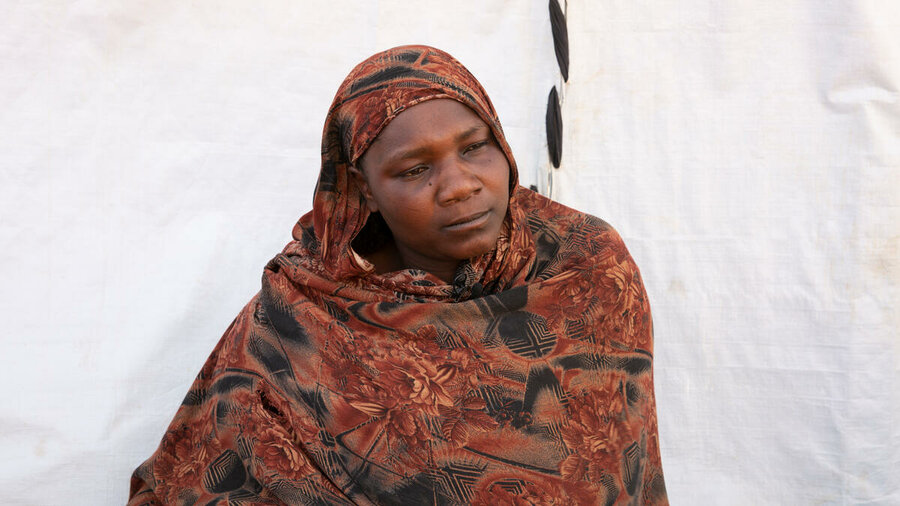
"We have trouble collecting firewood," says longtime refugee Dar Assalam Youssouf Adam, who also hails from Sudan. "Sometimes we use cow dung. Sometimes we have nothing at all."
WFP is also delivering clean energy solutions to schools. In southern Mauritania, for instance, WFP is piloting gas cooking stoves for six schools serving up hearty WFP meals to nearly 1,500 children.
In other places, WFP is harnessing the sun. Working with partners, we introduced solar-powered cookers to two primary schools in southern Guinea, for example, additionally training the mostly women kitchen staff on better food storage and cooking methods.
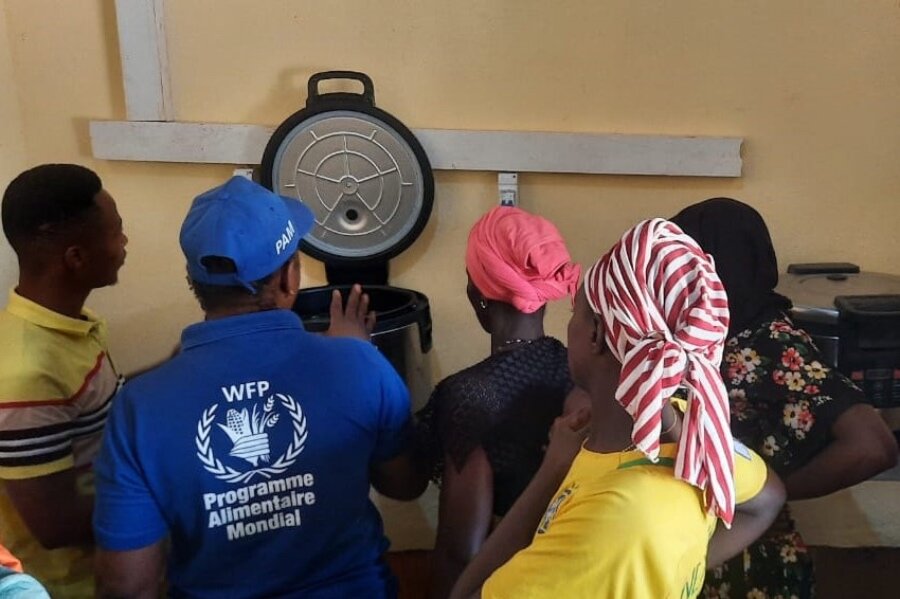
In El Salvador, we are piloting fully equipped, solar-powered kitchens in three large public schools that will serve up WFP meals to hundreds of students later this year. If funding comes through, we plan to roll them out elsewhere in the country and internationally.
"We can produce one kitchen in about three weeks," says WFP Industrial Engineer Carlos Prats of the systems built inside donated, refurbished shipping containers.
Lasting change
Along with grassroots change, WFP is working with governments to realize a more holistic cooking transformation that can deliver health and environmental dividends in the decades to come.
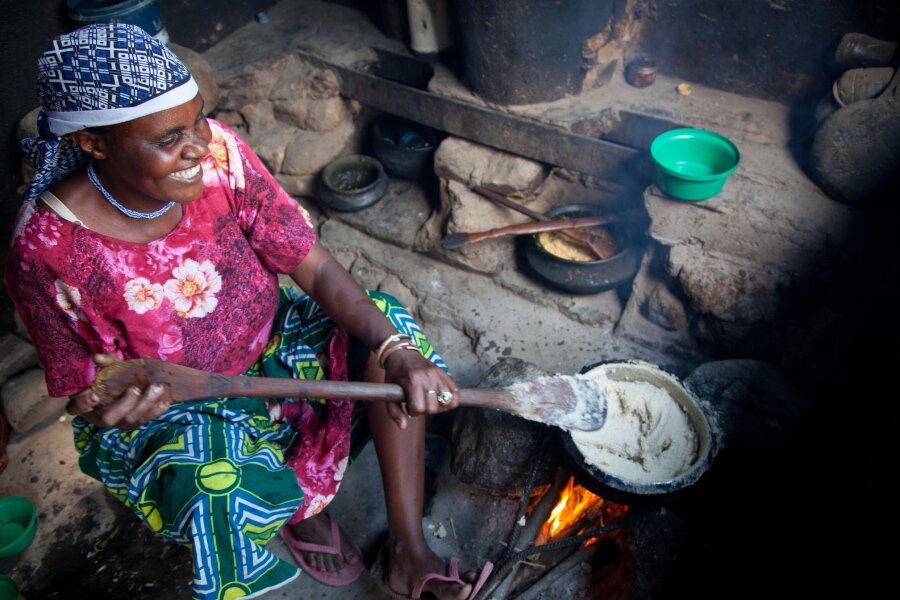
That's the case in Tanzania, where a booming charcoal and firewood trade has contributed to one of the world's fastest rates of deforestation. Now, a new government plan aims to transition to clean cooking and sustainable energy alternatives over 10 years.
WFP is working with civil society groups - including organizing a conference earlier this year- to feed into that long-term plan, specifically by identifying and advocating for sustainable, clean and local biomass energy options.
Clean Air Day: How WFP delivers with stoves and sun
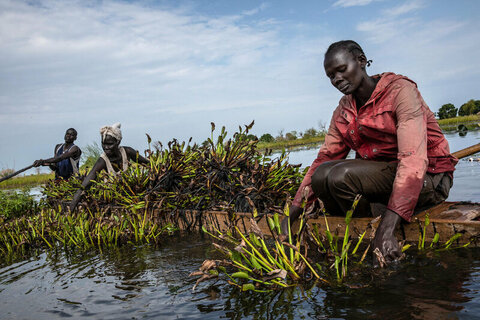
"We created an open channel to the President's commission that is making recommendations for investment reform and clean cooking initiatives," says WFP Tanzania deputy country director Brian Bogart.
WFP is also working on other green-energy solutions in the country, he says, including developing solar-powered irrigation and stoves for schools.
"WFP's role is to provide a platform both for advocacy at the national level and to bring solutions to the communities we serve," Bogart says.
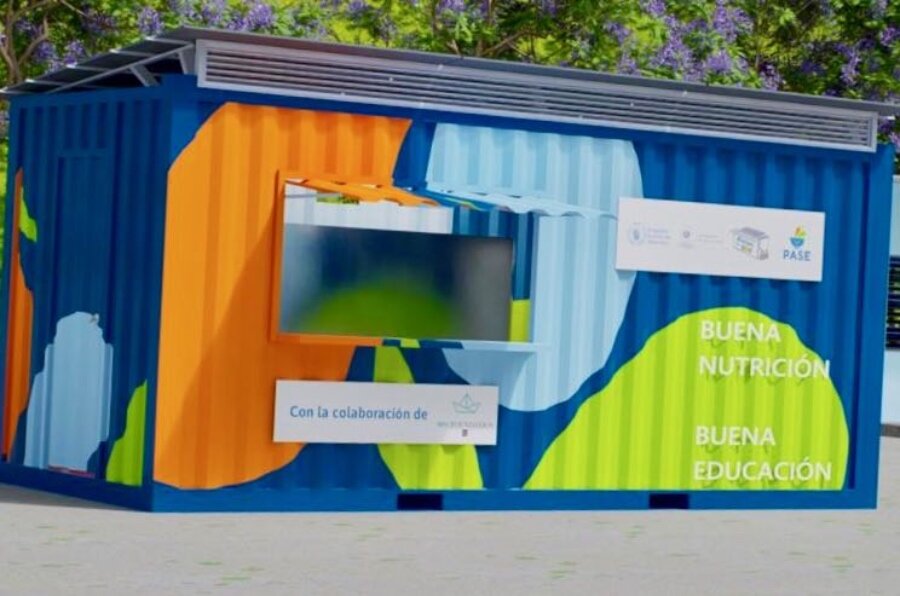
Food security, he adds, is not just about having enough to eat - but ensuring it's cooked in ways that keep people and the environment they depend on healthy.
"If we're only focused on food consumption and not on its preparation and production," Bogart says, "we could be addressing short-term food security, while (inadvertently) helping to generate food insecurity in the longer term."






